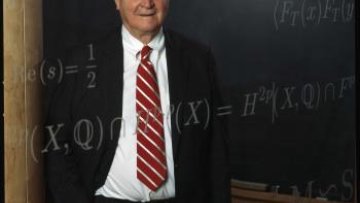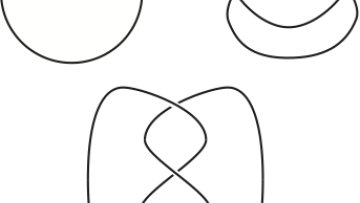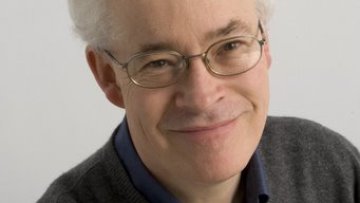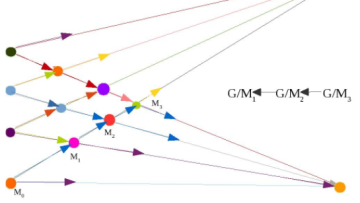Existence of weak solutions for some multi-fluid models of compressible fluids
Abstract
Existence results in large for fully non-linear compressible multi-fluid models are in the mathematical literature in a short supply (if not non-existing). In this talk, we shall recall the main ideas of Lions' proof of the existence of weak solutions to the compressible (mono-fluid) Navier-Stokes equations in the barotropic regime. We shall then eplain how this approach can be adapted to the construction of weak solutions to some simple multi-fluid models. The main tools in the proofs are renormalization techniques for the continuity and transport equations. They will be discussed in more detail.





